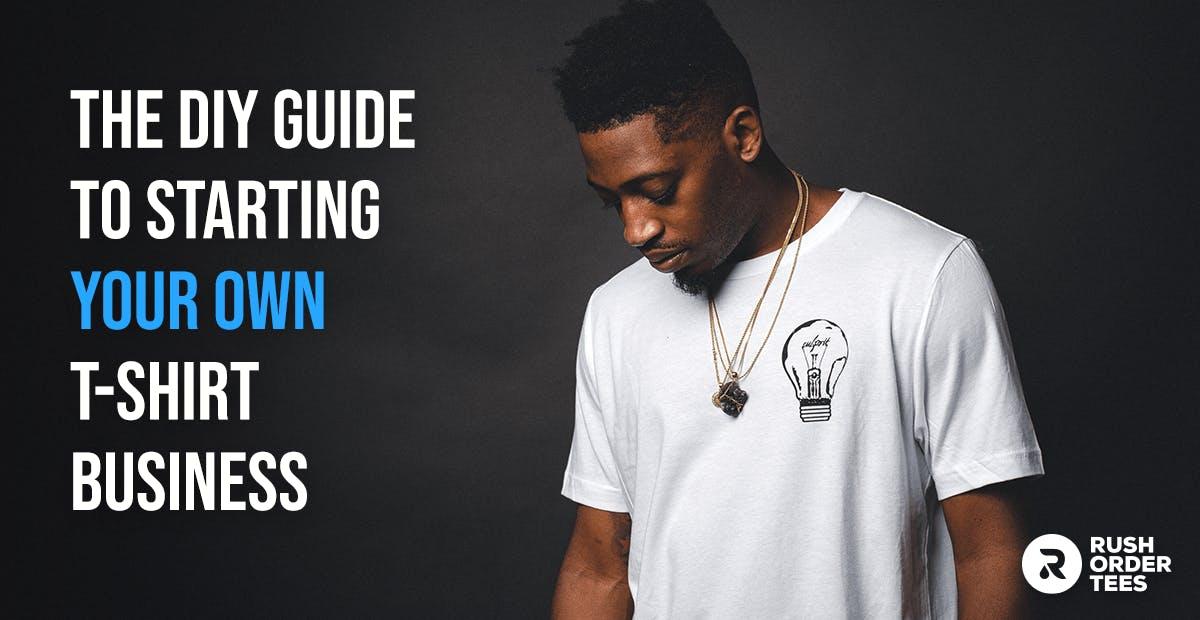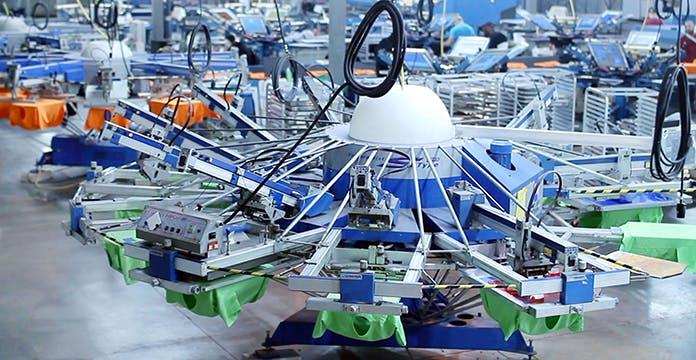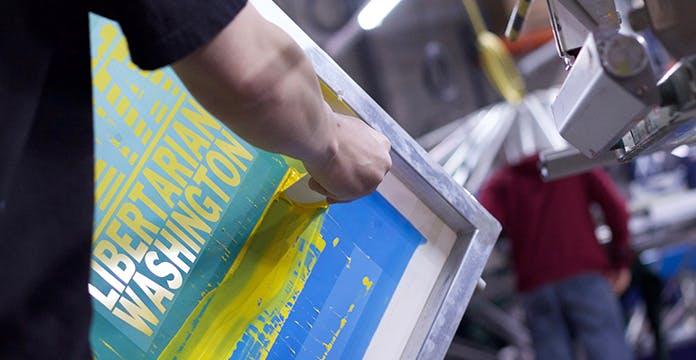

When people talk about starting a business, a t-shirt company is statistically one of the first five ideas that come to mind. Why? Well, because people think it’s cool and fun. And largely, they’re right. Creating cool t-shirt designs, selling them yourself, being your own boss, watching people support your work—it’s a beautiful thing.
But what a lot of people glaze over is the idea that starting a t-shirt company isn’t always as easy as it sounds, especially when things are just starting out. There’s a reason that, despite being one of the most common business ideas, there are so few successful t-shirt companies out there.
Luckily, with the right planning, mindset, and product, success is possible in any industry. Here’re 6 tips to creating your own t-shirt company:
Do Your Homework—Plan Effectively

This point is number one because not only should it be the first thing you do before you decide to open up shop, but it’s also the single-most important aspect of your business. Think of your business as you would a building—you can build the most beautiful building in the world, but if its bones and foundation aren’t 100 percent solid, even the tiniest hairline crack can jeopardize it. There are a lot of things to consider and questions to ask:
- What kind of t-shirts do you want to make?
- How do you want to manufacture them?
- How much money will it cost to get the ball rolling?
- Who do you want to sell your t-shirts to and how?
Mind you, these are just a few of the many questions you need to ask yourself before you’re ready to jump in and make some power moves. We just wanted to get your ball rolling.
Know Your Competition
When we were children, one of the many lessons our parents taught us was this: Smart people learn from their mistakes, but truly wise people learn from the mistakes of others.
Study your market. Learn your competition from front to back, left to right, and up and down. See the things that work for them, but also learn from the mistakes they’ve made. Before you sell a single t-shirt, you should have already gone through an audit of all your primary and secondary competitors’ businesses—websites, social media equities, store fronts, etc.—to see what you like, don’t like, or think could use improvement. Take detailed notes, and incorporate your feedback into your own plan of action.
Know Your Audience—Pick One and Stick to It
Here’s a tip from the t-shirt professionals: Everybody wears t-shirts, but that doesn’t mean everybody is your customer. It’d be nice—and if your company grows, you may be able to target everyone—but while you’re still in your infancy, it’s always better to pick a particular niche and stick to it. Who do you want to sell t-shirts to? Small Businesses? Street wear/fashion people? Bands? Religious organizations? Schools? Think of the demographic you want to aim for, and then “attack” it rigorously.
Once you’ve comfortably taken over that space, it’s possible to move on to another niche. See where things are profitable, and then rock and roll from there. Remember: Businesses like this are 80 percent strategy and 20 percent execution.
Decide How You Want to Manufacture Your Goods

There are two ways to go about actually producing your t-shirts, and both really depend on how much startup capital you’re bringing to the table.
If you have a few thousand dollars in startup capital and the space to make it happen, you could purchase your own machinery—ink, screens, squeegees, a manual press, chemicals, wash basin, flash dryers, etc.—and get to work. It’ll take you time to really master the art of printing, but once you get the hang of it, it’s like riding a bike; you never forget. This is far more cost effective in the long run, but the obvious drawback is that it’ll take you a few thousand dollars to lock down the gear.
If “a few thousand dollars” is a little too far out of your budget (and we certainly don’t fault you), find a company you can trust to produce your t-shirts for you. Work only with people whose work you’re willing to put your brand’s tag on. It will cost far less in the short term and will require far less startup capital, but will also cut into profitability and cost more over time.
However You Decide to do it, Dedicate Yourself to Making the Best Quality Products

We touched on it above, but we can’t emphasize the importance of quality enough.
Let’s take artwork, for instance:
You walk into a gallery and see a photo for sale. It’s breathtaking. It’s the most incredibly beautiful piece of artwork you’ve ever seen. It has been blown up and printed on high quality paper, placed in a beautifully ornate frame, and the whole package is stunning. But the price makes your jaw drop. Seated next to it is a stack of photos of the same breathtaking image, printed on basic 8-inch-by-11-inch printer paper, out of what had to have been an old inkjet printer from the late 1980s. The details are blown out, the contrast is awful, the colors are heinous—it’s terrible, and you can hardly recognize the photo. But, it’s 10 times less expensive than the blown up framed version you fell in love with.
What do you do?
The point is, people are drawn to quality, and often see the value of it. No one is saying you should rip people off—price your gear fairly, and make sure people are purchasing a product that feels, washes, and wears as good as it looks.
Have Fun—It’s good for business.

Make no mistake about it—starting a business isn’t a walk in the park. It takes a tremendous amount of perseverance, hard work, dedication, and vision to make it all come together. And while things are never easy at the beginning, it’s important not to lose sight of why you’re trying to do this. You are creative, ambitious, and you’re betting that the world will love and support what you want to do. You’re doing this because you’re excited about signing your own checks, being your own boss, and making a living doing something you genuinely enjoy, all while sharing it with the world.
Don’t forget to have fun—it’s good for business. Customers will always seek out excellent quality and value, and those two things are very important, but let’s also not forget: Competition in the designer t-shirt game is fierce. Great ideas and quality products go a long way, but if you’re going to thrive in such a competitive market, it’s always good to be cool. Build your brand into something cool—something people want to support—and you’ll do well.

About the Author
RushOrderTees is a nationwide leader in custom apparel. Our screen printing, digital printing, and embroidery services create t-shirts, hoodies, hats and related apparel for individuals as well as group. Our staff regularly contributes knowledge and expertise to our blog to help those interested in creating custom apparel.
